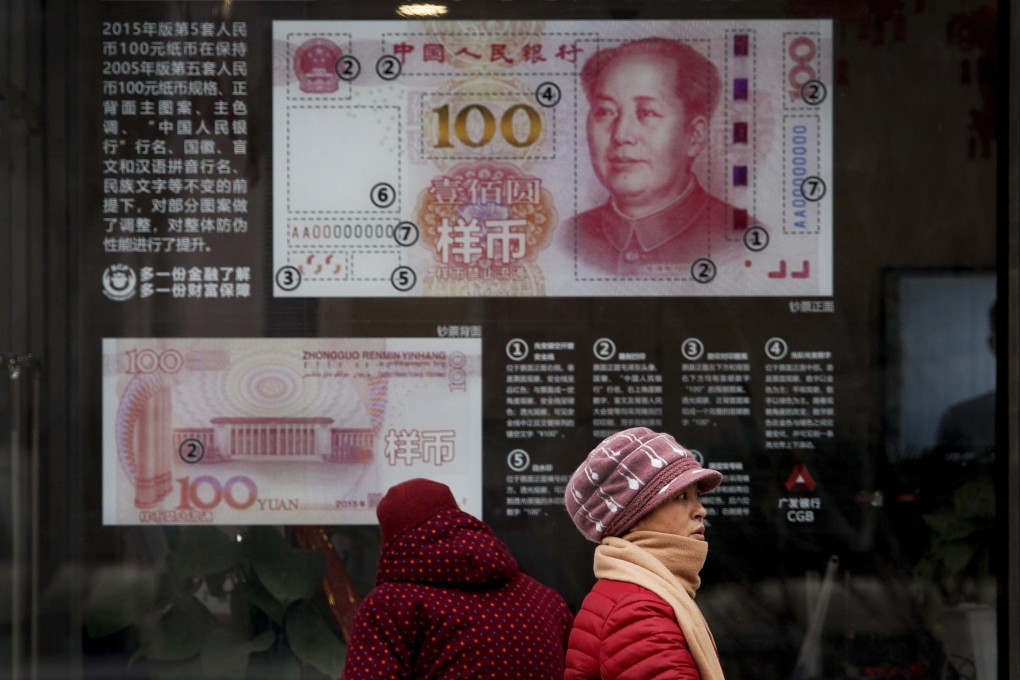Why China’s subprime credit crisis would benefit from a debt amnesty
- The recently announced lower interest rate ceiling on non-bank credit will force lenders to vet borrowers more carefully
- In the longer term, a debt amnesty could provide a clean slate upon which China could construct Western-style credit infrastructure

Last week, while China watchers were preoccupied with Covid-19 and US-China tensions, Shenzhen authorities released guidelines for consumer bankruptcy. While details are not yet available, the guidelines confirm that pressure is mounting on the government to do something for the tens of millions of highly indebted consumers.
A week earlier, China’s Supreme Court lowered the interest rate ceiling on all non-bank credit, from 24 per cent per annum to 15.4 per cent, to the despair of many lenders. The court only said that since the banking sector’s prime lending rate has come down, so should the formula-driven interest rate cap.
But the rate cut is so substantial that, two weeks on, bankers are still in shock, trying to figure out what it means for their fortunes and the larger industry itself.
While the government may not yet have a concrete plan for a nationwide debt amnesty, China could very well sleepwalk into it in the next few years. If that were to happen, it could be very positive for the country as it would prove to be a foundation on which Western-style credit infrastructure could be constructed. A clean slate is indeed needed.

